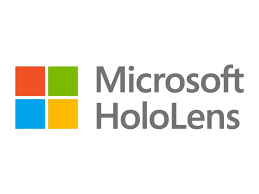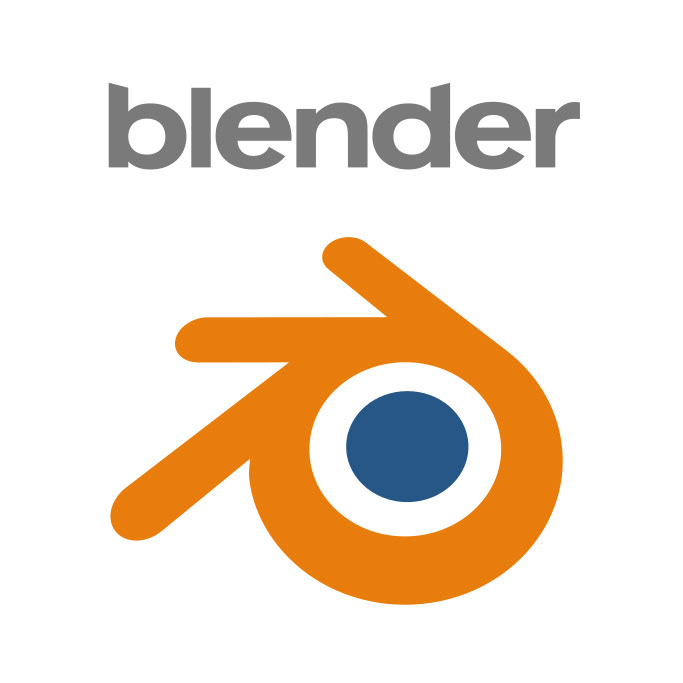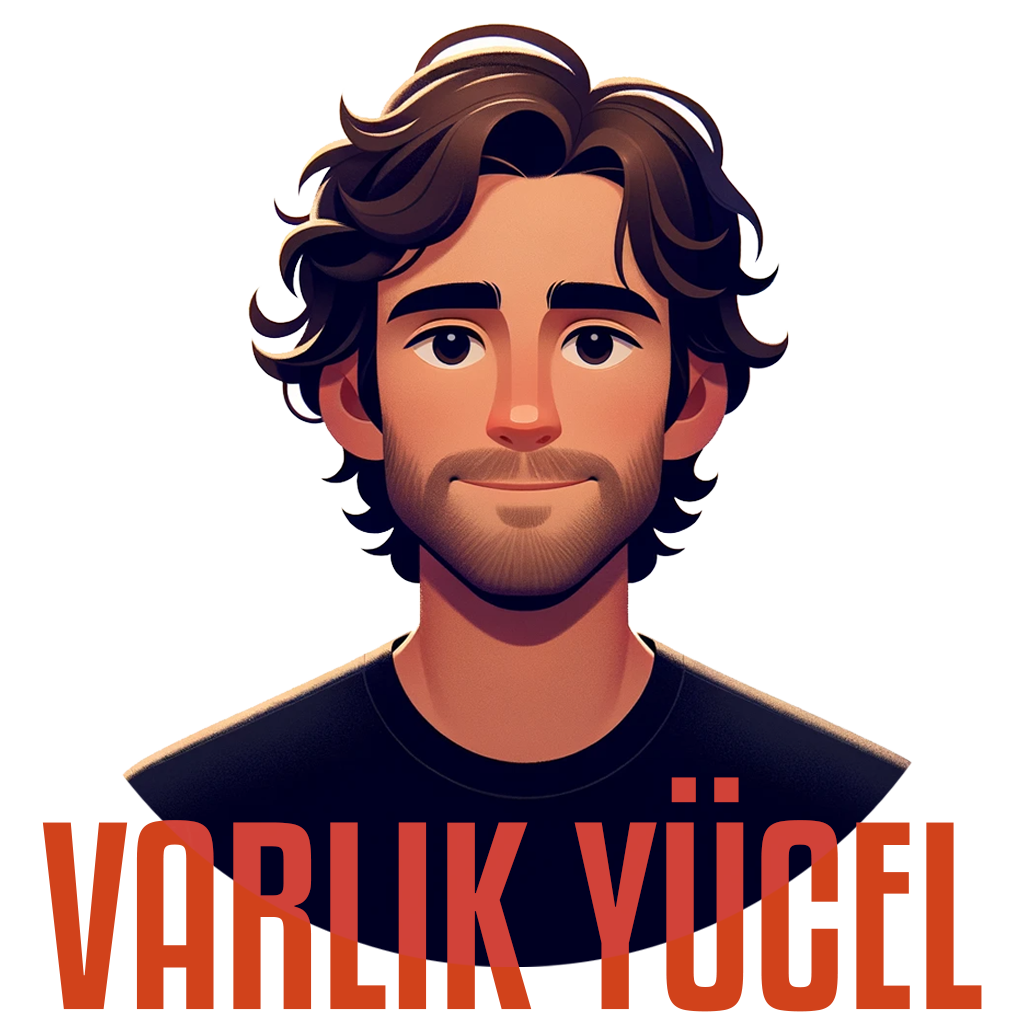🧰 Tools

Unity

C#

Microsoft Hololens 2

Android

Blender
🧑 Role
Unity C# Game Developer, Microsoft HoloLens Developer, Android Developer, 3D Artist and Animator.
🤝 Contributers
Project Leader - Prof. Dr. Leman Figen Gül, İstanbul Technical University (ITU),
Assoc. Prof. Dr. Derya Güleç Özer, İstanbul Technical University (ITU),
Begum Moralioglu, İstanbul Technical University (ITU),
Assoc. Prof. Dr. Derya Güleç Özer, İstanbul Technical University (ITU),
Begum Moralioglu, İstanbul Technical University (ITU),
💰 Funds
Funded by the Scientific and Technological Research Council of Turkey (TÜBİTAK), under Program Code 1001 and Project Number 122K268.
Project Details
In the realm of evolving game technologies, the proposed study aims to deliver a unique interpretation of cultural heritage, distinct in its approach from similar applications. This interpretation is enriched with Augmented Reality (AR) technology, embedding gamification elements within a historical setting. The research extends beyond mere application development; it delves into the user's spatial cognition, processes of spatial knowledge acquisition, and the quality of information, while also scrutinizing interface technologies during the gaming experience. This comprehensive research scope focuses on enhancing heritage awareness, environmental learning, and the production of environmental knowledge.
Particularly noteworthy is this study's emphasis on tactile embedded interaction within wearable and portable AR technology. By comparing and understanding the differences and similarities in user spatial cognition, the representation knowledge of heritage spaces, and the quality of this information, the study differentiates itself from previous works and contributes uniquely to the field through its broad research focus.
Furthermore, the application being developed in this research, while utilizing heritage information specific to a certain location, will potentially establish a design template/toolkit/library in terms of gamification principles and heritage interpretation knowledge sets. This toolkit, adaptable to other heritage sites, could enhance heritage awareness and public interest in cultural heritage conservation. The potential of this application to stimulate desire for heritage knowledge and boost public engagement in conservation efforts adds significant value.
Contribution to the Conservation Field: One of the fundamental goals in developing content for the AR environment and determining its gamification elements is to enable users experiencing the environment to gain extensive knowledge about the heritage element. This will positively impact their perspectives and understanding of cultural heritage in future experiences. The shift in public perspective is crucial for raising awareness about the architectural history and the need for restoration of such structures, building knowledge about values that need conservation, and fostering a sense of ownership and transmission of this heritage knowledge.
Contribution to Virtual Environment Design: The project aims to develop an integrative, user-friendly, and engaging gamification model and design template that can be experienced with different interface hardware. The developed design template will allow the adaptation of heritage interpretation techniques currently used in physical environments to an enriched AR platform with gaming elements. This template will outline design principles for AR applications in heritage interpretation, providing guidance for system designers and software engineers in this domain. The effectiveness of this contribution will be measured through pre- and post-study surveys focusing on participants' perspectives, thoughts, and understanding of cultural heritage.
Contribution to Virtual Environment Design: The project aims to develop an integrative, user-friendly, and engaging gamification model and design template that can be experienced with different interface hardware. The developed design template will allow the adaptation of heritage interpretation techniques currently used in physical environments to an enriched AR platform with gaming elements. This template will outline design principles for AR applications in heritage interpretation, providing guidance for system designers and software engineers in this domain. The effectiveness of this contribution will be measured through pre- and post-study surveys focusing on participants' perspectives, thoughts, and understanding of cultural heritage.
The project's primary objective is to explore the impacts of mixed reality technology and game elements on users' spatial cognition within the context of a cultural route tour in a heritage area. Structured as an exploratory case study within an explanatory research framework, the study is grounded in the hypothesis H1: "Navigating a cultural route within a heritage area, enhanced with technology and game elements through an interface/layer/medium, will have a more positive effect on the visitor's spatial cognition (memory of the space; mental visualization, quality of landmark recognition, etc.) compared to scenarios devoid of technology and game elements."
In this research project, emphasis is placed on developing a cultural route that incorporates game elements, aiming to solidify cultural assets within the collective memory of society through a digital archive and guide. The study particularly focuses on the context of cultural heritage experienced through augmented reality (AR) platforms, envisaging an interaction enriched with game elements like searching, finding, and rewards. Furthermore, the effect of portable and wearable devices on the experience of touring cultural routes will be examined comparatively.
While user experiments in this study will be conducted based on a prototype specific to a certain cultural heritage site, the design principles of the application are intended to be adaptable to other locations and contexts, such as archaeological sites, national parks, or other public spaces. This adaptability aims to broaden the application's relevance and utility, making it a versatile tool for enhancing the visitor experience across a variety of cultural and natural heritage settings.
This research is designed as an exploratory case study focusing on the heritage experience of individuals navigating a cultural route, particularly examining how game elements and the interplay between physical and digital environments (visual-auditory elements/information) influence the recall of information and its association with spatial cognition elements (landmarks, route, mental representation). The study centers around the concepts of cultural heritage interpretation, gamification, and spatial cognition as its core axis. It hypothesizes that a cultural route experience enriched with game elements like treasure hunts, puzzles, and reward-penalty systems in a mixed reality (MR) platform will positively impact spatial cognition. Technology and game elements constitute the variables of this research, employing qualitative research techniques to explore the context of heritage interpretation on a cultural route, with mixed reality technology (utilized through portable and wearable devices) and game elements evaluated as variables.
Different scenarios involving the use of technology and game elements will be compared in this project. There are two experimental groups for comparison. The first group, the Non-Technology Experiment Group (T), navigates the cultural route without technology, using standard informational resources such as audio guides and maps (T). The second group experiences the same visual-auditory narrative enriched with game elements like treasure hunts and puzzles (T+O). The second comparison group involves the Technology Experiment Group using Mixed Reality technology (MR).
In this group, the cultural route will be navigated using an interface developed as an MR platform (MR), examining the impact of MR devices: a subgroup using portable mobile devices such as tablets/phones; another subgroup using wearable devices like MR glasses (MR). The same process will be experienced in an MR platform enriched with game elements (MR+O): a subgroup using portable mobile devices like tablets/phones; another subgroup using wearable devices like MR glasses.
All these experimental processes will be observed by researchers and recorded using audio-video devices. The research comprises five work packages, including application development, pilot and main experiments, data analysis, and evaluation.
